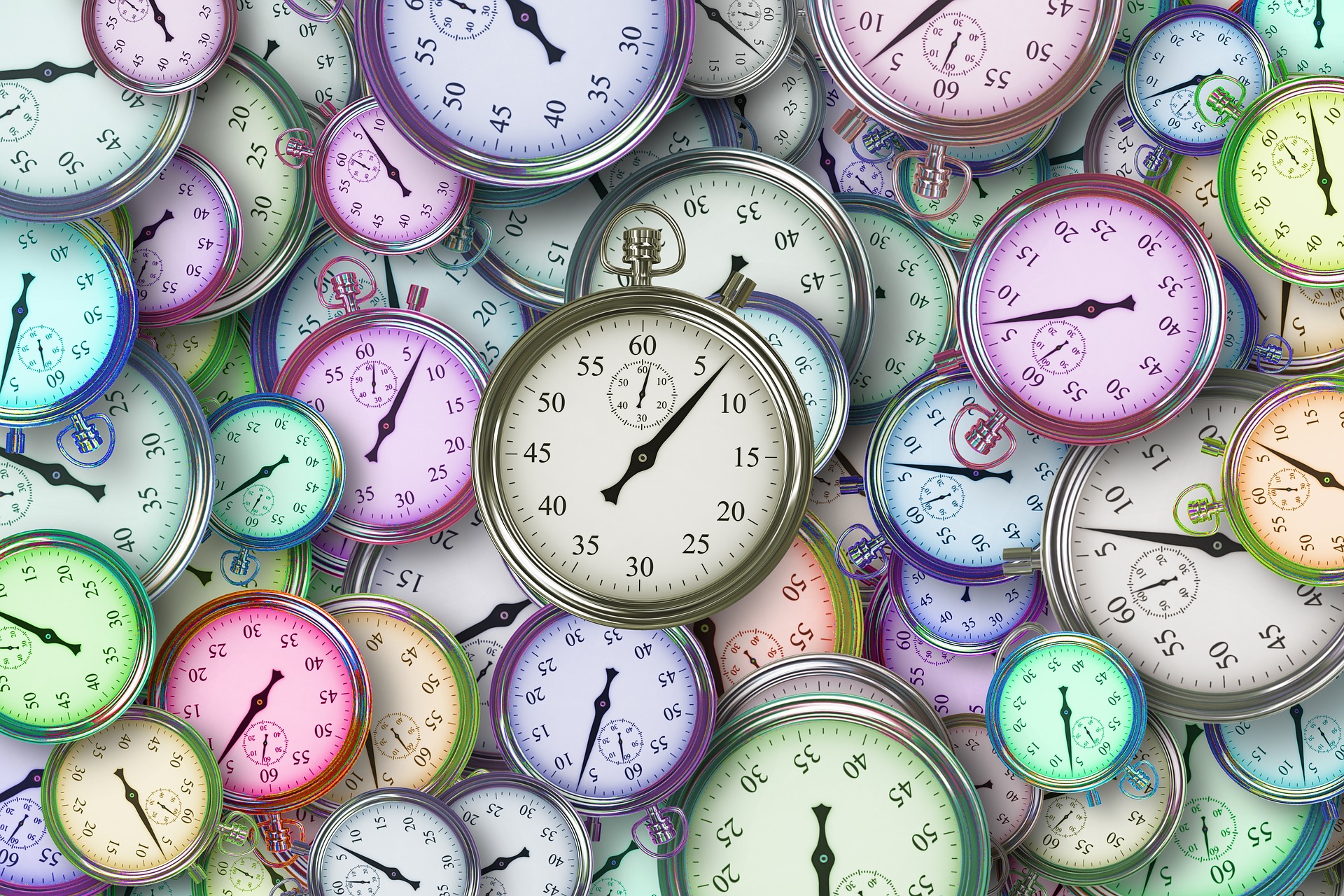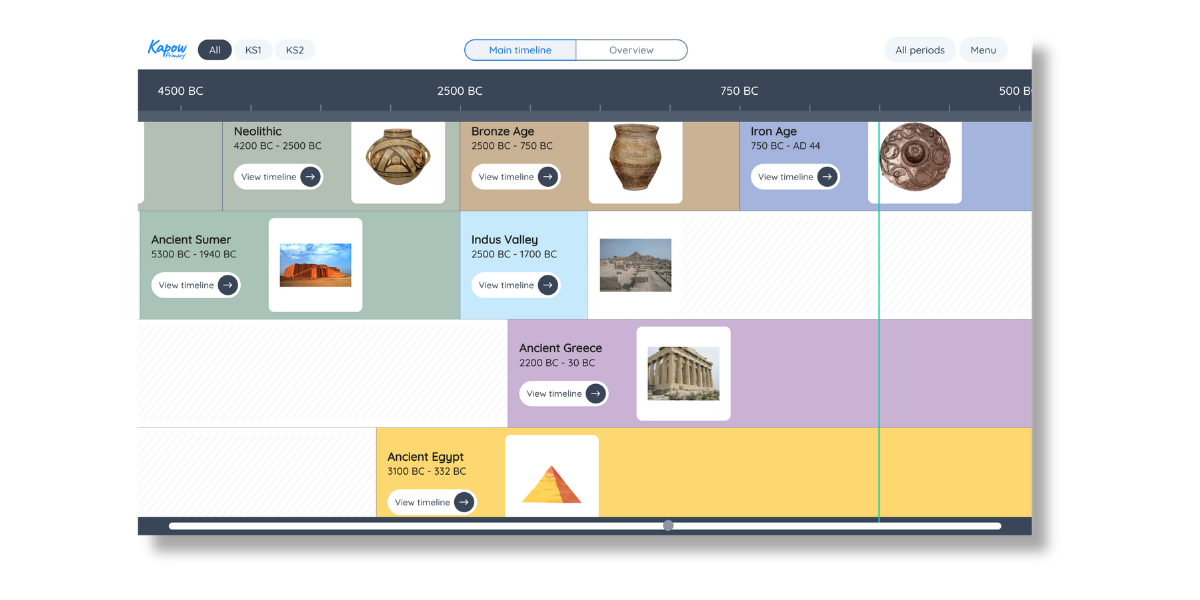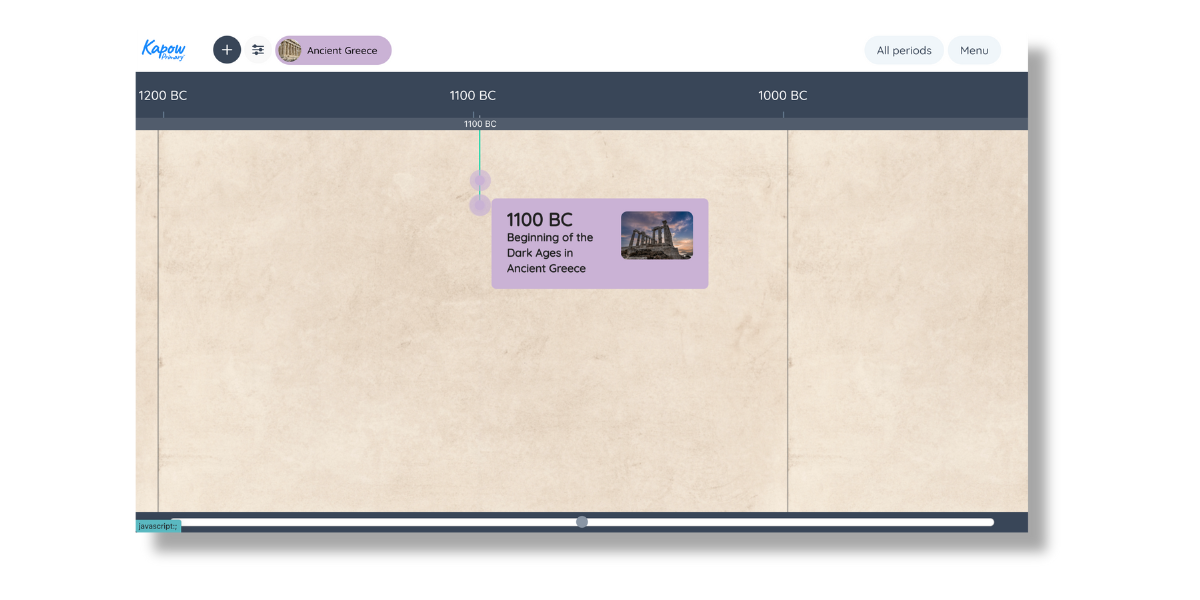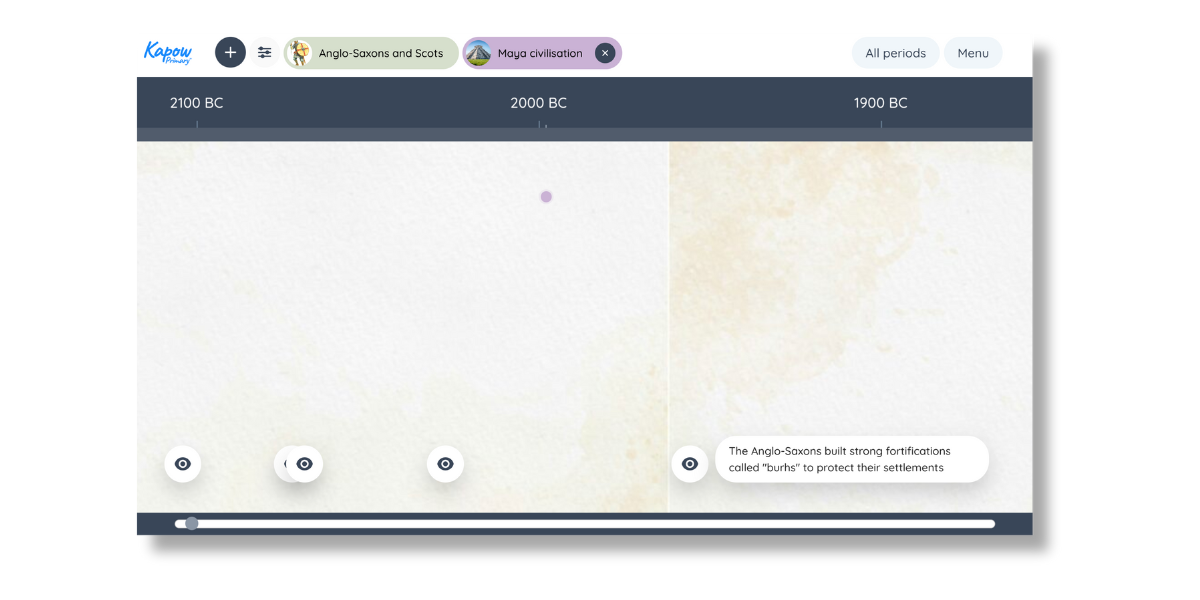Using A Timeline To Teach Chronology In Primary School History Lessons
Written by Kapow Primary
Published on 16th June 2023
Last Updated: 19th August 2023
Written by Kapow Primary
Published on 16th June 2023
Last Updated: 19th August 2023

Teaching chronology in primary school history lessons fosters critical thinking and enables children to construct narratives within a broader temporal framework.
Kapow Primary provides comprehensive support with its interactive timeline, allowing pupils to visualise the sequence and duration of historical events and understand the interconnections between different periods. By integrating the Kapow Primary timeline into your teaching, children will develop a strong understanding of chronology and its significance in comprehending the past.
Teachers use timelines in history lessons to help children develop their sense of internal chronology. A timeline is a visual representation used to aid pupils in building a mental understanding of historical events and is a commonly-used teaching resource. At Kapow Primary, we have created an interactive timeline to support the teaching of chronology in a highly engaging and visual way.

A view of the main timeline demonstrating various periods.
Chronology refers to the arrangement and sequencing of events in the order in which they occur.
Children often refer to the past as long ago, leading to the misconception that historical periods, such as the Romans in Britain and the Victorians, took place simultaneously. Using a timeline helps them to understand the huge scale of the past. It is a useful tool for helping young children to develop chronological awareness.
Understanding chronology helps children establish clear narratives in history. The national curriculum for History states:
“Pupils should continue to develop a chronologically secure knowledge and understanding of British, local and world history, establishing clear narratives within and across the periods they study.”
Building chronological awareness enables pupils to develop a structured understanding of the past. It allows them to connect the dots, see how one event leads to another, and identify the cause-and-effect relationships that shape historical developments.
Understanding chronology helps children create a mental timeline of historical events, enhancing comprehension and retention. Teaching and exposing them to visual timelines nurtures this skill and develops their internal timelines. Using a timeline builds a cohesive framework for understanding history and promotes deeper engagement.

An example of a unit timeline highlighting key events during Ancient Greece.
Developing timeline skills is crucial when learning about chronology. A timeline visually represents the sequence of historical events, allowing children to understand temporal relationships and identify patterns. Timeline skills support pupils in understanding historical context and engaging with history.
Throughout the Kapow Primary scheme, children progressively build their timeline skills; in key stage 1, they sort images to create timelines; in years 3 and 4, pupils create timelines and sequence important events; in years 5 and 6, pupils construct scales and calculate event durations. Carefully crafted, the scheme follows a spiral curriculum approach to ensure the development of children’s skills year after year.
At Kapow Primary, we have created an online, interactive timeline to integrate chronology into lessons seamlessly.
The interactive timeline aids children in understanding disciplinary concepts, including:
This captivating and visually compelling tool assists pupils in developing their own mental timeline and knowledge of chronology.
Our interactive timeline allows pupils to visualise periods of history, their durations and how long ago they took place. This visualisation is particularly valuable when exploring prehistory, as children often struggle to imagine the time span involved.
The timeline is easy to use and can be used in many ways. Here are a few examples:

Through this engaging and interactive approach, pupils develop an appreciation for the chronology of history, comprehending how each unit of study fits into the broader tapestry of human experiences. The digital timeline, aligned with national curriculum objectives, empowers children to develop a secure knowledge of chronology.
Chronological awareness is a key component in the primary school history curriculum, but children often find it difficult to understand the abstract concept of chronology. A timeline is a practical and visual tool that helps to develop children’s understanding of chronology by illustrating the sequence of historical periods and critical events.